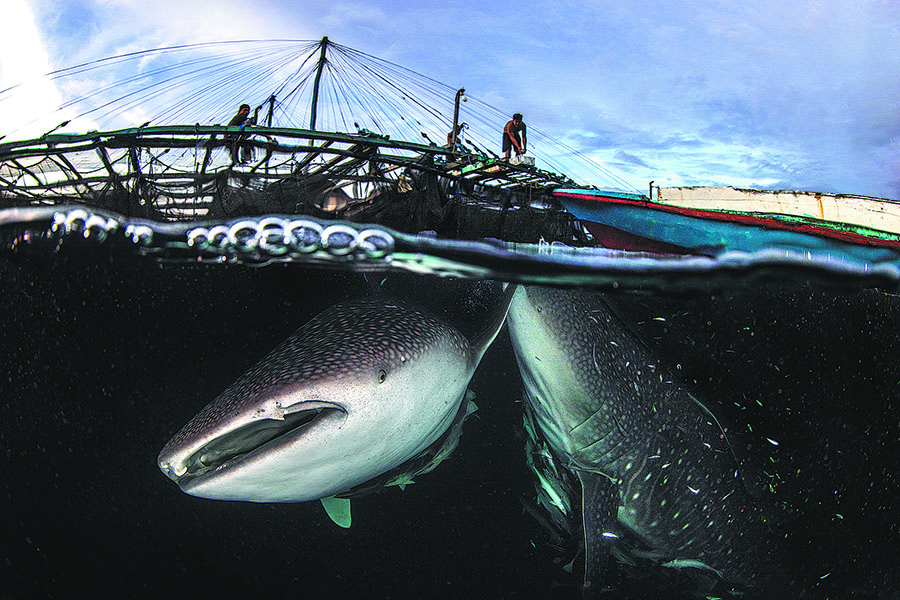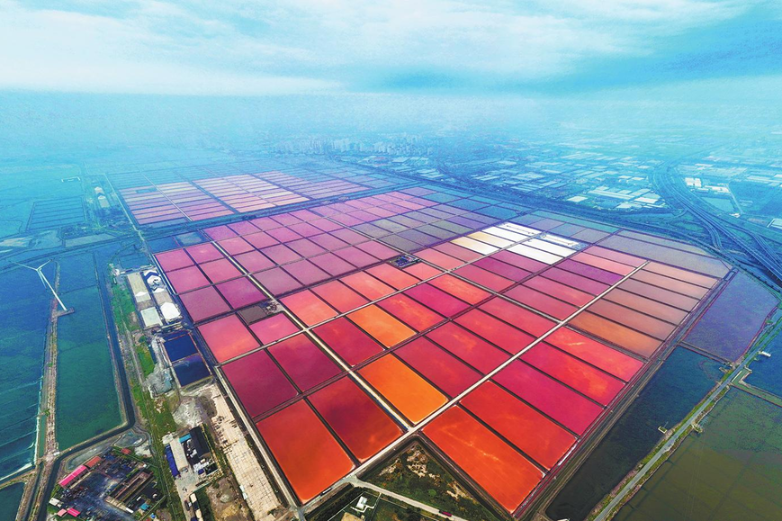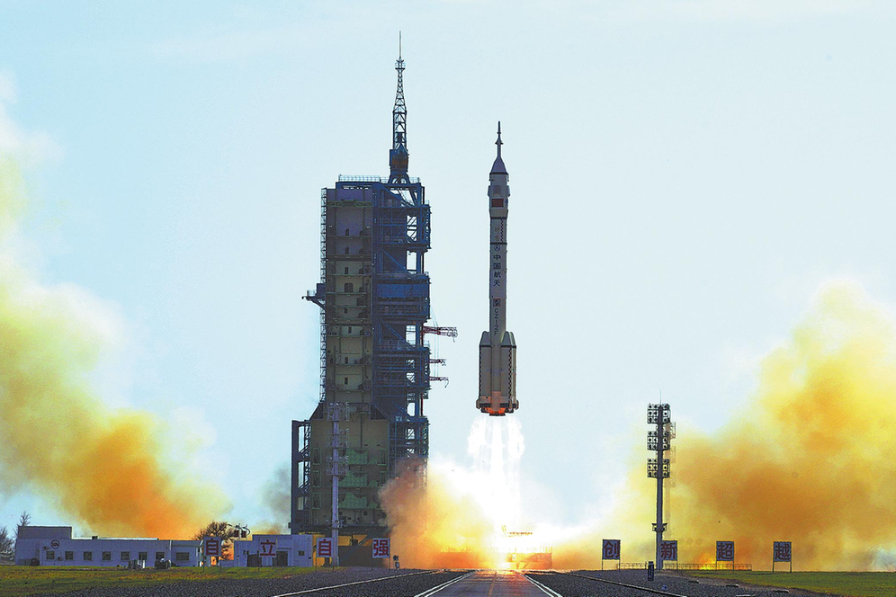Loving Earth through lenses


When speaking of the meaning of nature photography, the photographer shares his early work filming the golden monkey in southwestern China's Yunnan province.
At that time, there weren't many clear photographs of the species.
His documentary on the golden monkey was one of the first to capture the behavior of these elusive yet rare and critically endangered creatures on film.
"Through our efforts, we raised awareness, which ultimately helped protect the pristine forest where these monkeys live," he says.
The photographer calls attention to the urgency of protecting these areas "beyond the horizon".
"The unknown spaces of our world hold answers not just for science but for the survival of countless species, urging us to act before it's too late."
Hou Mingjuan, vice-president of Qualcomm, a longtime technical partner of the competition, says she is impressed that, apart from professional photographers, people of various ages and backgrounds are getting involved in wildlife photography thanks to continuous technological advancements.
A teenager captured an animal camouflaged in its surroundings during a trip with his mother to Southeast Asia, which ultimately won him a grand prize last year, Hou notes.
"He's an excellent example of how anyone can take out their phone and capture rare or everyday moments, whether it's the growth of endangered species or the small, beautiful moments in our daily lives," she says.
The expanding age demographic and increasingly diverse participant pool contribute to the competition's growing influence, she adds.
Publisher Li believes the ongoing exhibition is a good representation of the competition's value, as the public can "gain a broad and comprehensive view of the diverse landscapes of mountains, lakes and seas, and the vibrant lives within them".
These efforts help awaken the innate love for Earth that lies within every person, he notes.
























